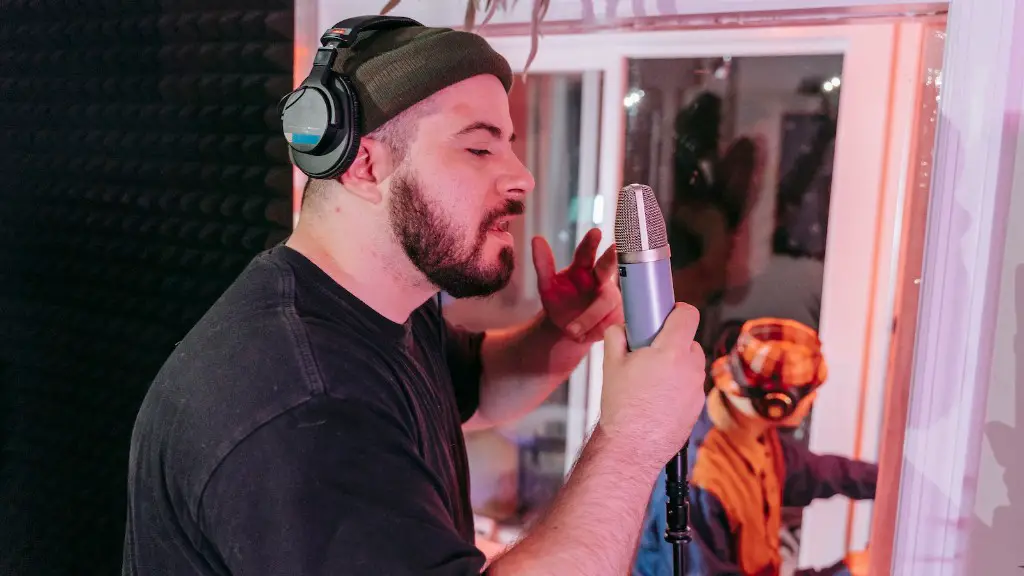Drawing a cartoon rose can be a daunting task, but with a few easy steps and a lot of creativity, you can make your own gorgeous flower in no time! Whether you’re a rookie artist or a seasoned illustrator, you’ll appreciate these straightforward instructions for bringing blossoms to life.
Before you begin sketching, pick and choose the colors you want to work with. When deciding on the hues of your rose, consider both the vibrant reds and pinks of a classic flower as well as the more subtle shades of lavender, white, and even black. Choosing the right colors can be a big part of the creative challenge and will make a huge impact on the rose’s overall look.
Now it’s time to start sketching. Grab your pencil and sketch a large circle at the bottom of your page. This will serve as the basic rose shape. Then draw smaller ovals around the center, along with a few small circles to complete the petals. Try to make the petals point outward, curving in the center to give it a realistic, flowery feel.
Once you’ve got the basic shape of your rose down, add the finishing touches like a stem and leaves. Use curved, wavy lines for the stem and slanted points for the leaves. To make the colors even more authentic, add some highlights and details. Shade different parts of the petals with different colors, creating gentle shadows and reflection.
Make sure to add a few last touches to bring your cartoon rose to full life. Try adding a bit of sparkle on the petals to make them look more attractive and inviting. You can also draw some subtle patterns and shapes on the petals. Finally, add some texture and variation to the leaves and stem, which will give the flower a more realistic, three-dimensional look.
Once your sketch is complete, you can use a variety of textures, colors and shading for an even richer look. You can apply watercolor or oil paints to the paper, or use a colored pencil or marker to give your rose more dimension. With just a few simple steps and a touch of creativity, you can create a beautiful rose that is both lifelike and fun to look at.
Adding details to the petals will really bring them to life and can be a fun and rewarding part of the drawing process. Using curved lines, curlicues, small circles, and other shapes, you can make your cartoon rose look even more realistic and three-dimensional. You can also draw patterns and add more detail to the stem, leaves, and other parts of the flower.
Incorporating variations in color and shade can also add realism and vibrancy to your cartoon rose. Using lighter and darker shades of the basic colors you chose will create shadows in the petals, giving the flower an even more lifelike feel.
Feeling inspired? Go ahead and try your hand at creating a cartoon rose. With a few simple steps and a little creativity, you can make a stunning and colorful flower that is sure to brighten up your illustration.
For a truly unique flower, why not experiment with different shapes and sizes of petals? Colored pencils or markers can be a great way to make the petals look even more realistic and three-dimensional. You can also add textures and shading for a more lifelike feel.
For an even more unique design, try adding details like curlicues, polka dots, or stars to the petals. These can help make the flower look more lively and vibrant. For an even more exciting look, you can draw hearts, spiral patterns, or geometric shapes on the rose’s petals and leaves.
Want to go wild with color? Try mixing and matching different hues to make a truly unique cartoon rose. Instead of basic blues, reds, and pinks, you can use purples, oranges, and even blacks to give the flower a fun and inviting look.
So get creative and have fun! With a few simple steps and plenty of imagination, you can make a cartoon rose that is truly one of a kind.
